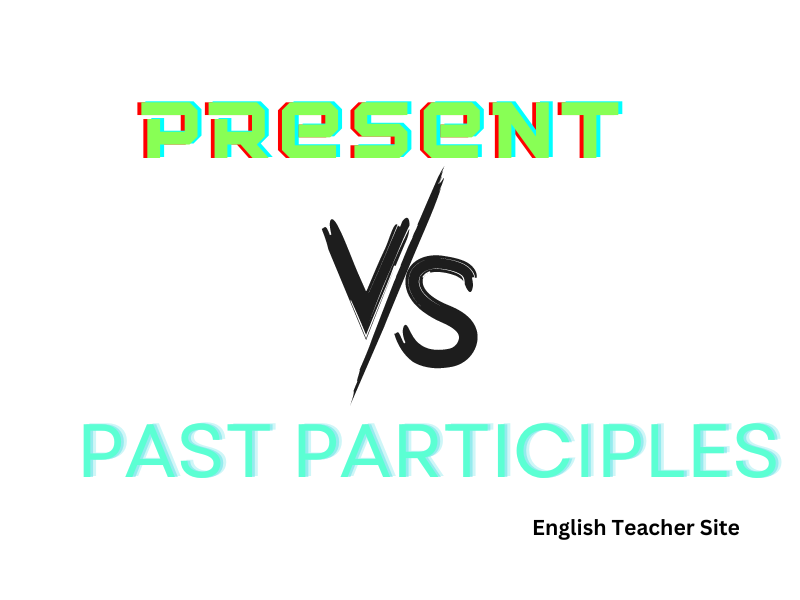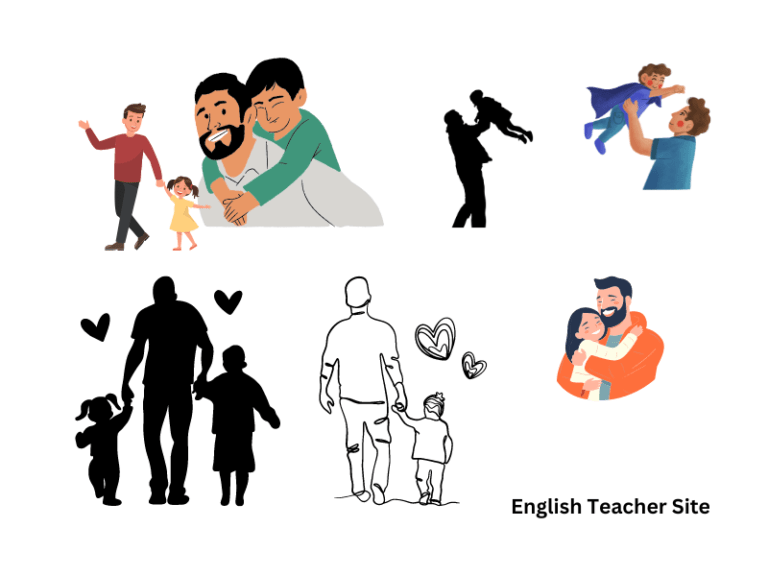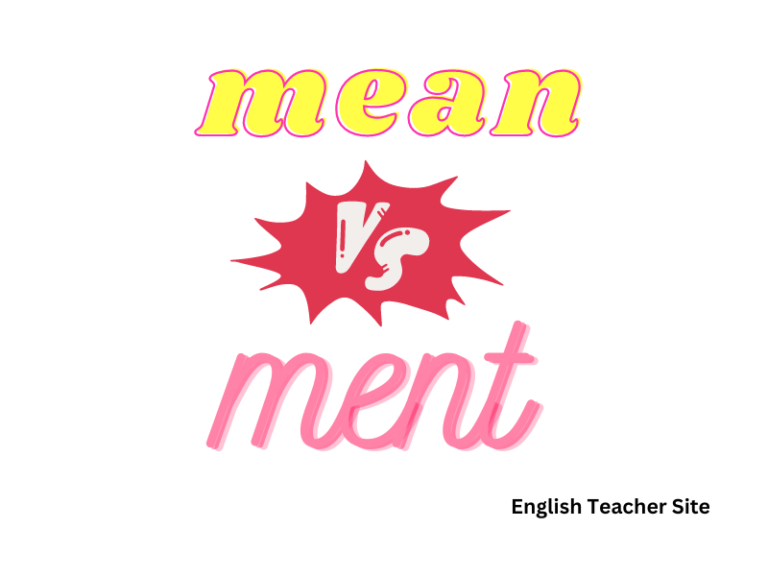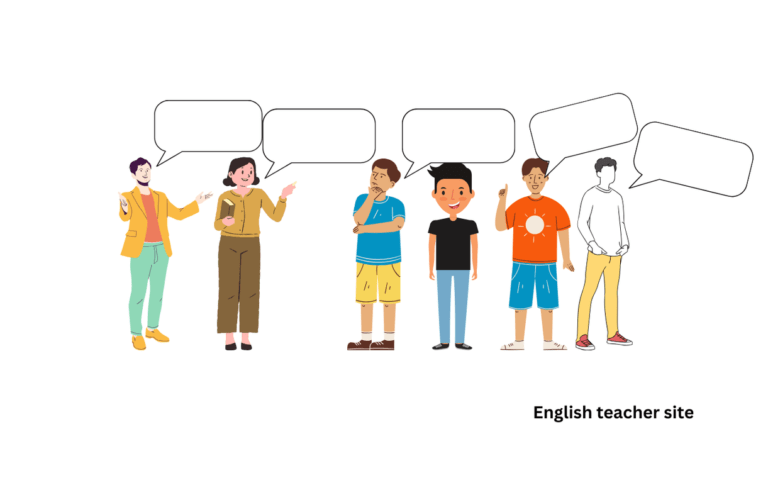Whats a Participle: Present vs Past Participles Explained

- Participles function as both verb forms and adjectives.
- Present participles denote ongoing action, past participles signal completed action.
- Correct use of participles improves clarity and precision in communication.
Distinguishing between present and past participles and their uses is fundamental for anyone aiming to improve their writing or speaking skills. While the present participle connotes an action that is still happening, past participles are indicative of actions that are completed. This understanding not only helps in constructing sentences accurately but also aids in conveying the time and state of the action described.
Understanding “What’s a Participle: Present Participle vs Past Participles”
A participle is a form of a verb that can act as an adjective, modifying nouns or pronouns. In English grammar, participles are used to indicate tense, aspect, and voice of the action being described.
What’s a Participle?
A participle is a derivative of a verb that takes on the role of an adjective in a sentence. It is unique in that it expresses action or state of being while also functioning to modify nouns or pronouns. For instance, in the sentence “The running water spilled over,” “running” is a participle modifying “water.”
Types of Participles: Present and Past
There are two primary types of participles: the present participle and the past participle.
- Present participles always end in -ing, as in “swimming” or “thinking”.
- Past participles, on the other hand, often end in -ed for regular verbs, such as “waited” or “watched”, but can take various forms in irregular verbs, like “eaten” or “driven”.
Both forms are pivotal in constructing perfect and progressive tenses, which reflect the time and aspect of the action.
The Grammatical Function of Participles
Participles serve multiple grammatical functions:
- When used with auxiliary verbs, they help form various verb tenses and voices. For example, “has eaten” (perfect tense) or “is running” (progressive aspect).
- As adjectival modifiers, they provide detail and context to a noun, like “The shattered vase” where “shattered” is a past participle describing “vase.”
Whether present or past, participles play an essential role in expressing the nuances of tense, aspect, and voice within the rich tapestry of English grammar.
Applications and Examples
Participles serve as versatile tools in English grammar, acting both as adjectives and verbs to construct various tenses and modify nouns.
Present Participle in Use
Present participles end in -ing and can act as adjectives or part of a verb phrase. In its adjectival form, the present participle modifies a noun, adding descriptive detail. For example:
- The crying baby needed attention.
- A running motor emits noise.
In verb phrases, they’re used with auxiliaries to form progressive tenses, which depict ongoing actions:
- They are laughing at the joke. (present progressive)
- She was dancing when it began to rain. (past progressive)
Past Participle in Context
Past participles often end in -ed for regular verbs, while irregular verbs may take various forms. As adjectives, past participles describe a state resulting from an action:
- The broken vase lay on the floor.
- A worn carpet can be hazardous.
When constructing perfect tenses, past participles work with auxiliary verbs like have or had:
- He has finished his work. (present perfect tense)
- They had left before the storm hit. (past perfect tense)
Irregular Verbs and Participle Formation
Irregular verbs do not follow standard -ed ending rules. Instead, each verb has a unique past participle form used for perfect and passive constructions:
- Eaten (eat)
- Gone (go)
- Flown (fly)
Unlike regular verbs, these forms must be memorized as they do not conform to a common pattern.
Participles in Different Tenses and Voices
Participles are instrumental in constructing perfect participles and altering sentence voice from active to passive. Perfect participles combine having with a past participle to express completed action:
- Having completed the race, she celebrated.
For passive voice, the be-verb joins with the past participle to show an action performed on the subject:
- The song was sung by the choir. (passive sentence)
Continuous and progressive tenses also rely on present participles:
- The cat is lying in the sun. (continuous present)
- They were seeking a new route when discovered. (progressive past)
My name is Khamis Maiouf. I am the creator of the English Teacher Site, dedicated to providing valuable resources and insights for students around the world. With a passion for education and a commitment to helping students enhance their skills, I aim to make English teaching more effective and enjoyable for both educators and students.






